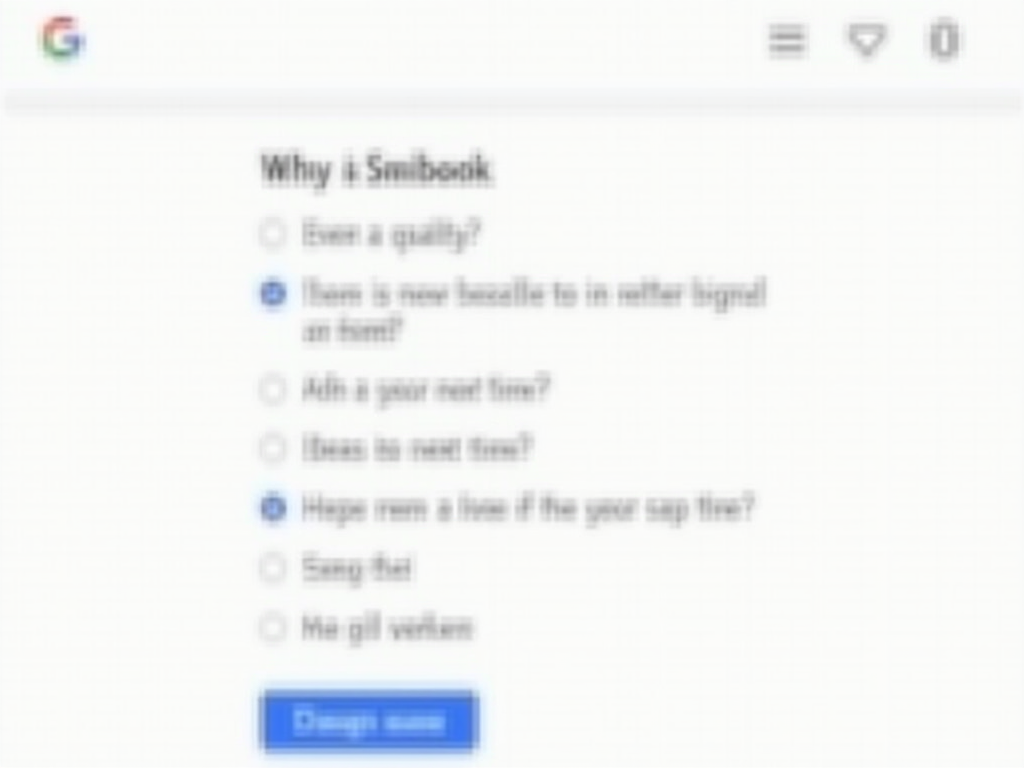Top 10 Tools for Advocacy Volunteers: From Social Media to Data Analysis
By , June 3, 2025
Overview
Advocacy volunteering lets you champion causes you care about, like social justice or environmental protection. The right tools can make your efforts stronger and more effective. This article covers the Top 10 Tools for Advocacy Volunteers: From Social Media to Data Analysis to help you succeed.

1. Social Media Management Platforms
Social media is a must for advocacy today. Tools like Hootsuite and Buffer let you manage accounts, schedule posts, and track how people respond. I once used Hootsuite to run a campaign across three platforms. It saved hours and kept our message consistent. These tools build your online voice and connect you with supporters.
2. Data Analysis Tools
Understanding your impact requires data. Google Analytics and Tableau show you what’s working. Google Analytics tracks website visits, while Tableau turns numbers into clear charts. For example, I used Analytics to see which posts got the most clicks, shaping our next steps. Data helps you focus on what matters.
Source: Google Analytics Overview - Learn how it tracks performance.

3. Advocacy-Specific Platforms
Tools like Phone2Action and Salsa Labs are built for advocacy. They help you create petitions, send emails, and track laws. Phone2Action’s action alerts let supporters contact leaders fast. In one campaign, this doubled our reach. These platforms make organizing easy and effective.
4. Communication Tools
Good communication keeps teams together. Slack and Zoom make it happen. Slack organizes chats by topic, while Zoom hosts virtual meetups. During a lockdown, Zoom kept our group united for planning. These tools cut confusion and boost teamwork, no matter where volunteers are.

5. Project Management Tools
Campaigns need structure. Trello and Asana help you manage tasks. Trello’s boards track progress visually—I love dragging tasks to ‘Done.’ Asana adds timelines for bigger projects. Both keep everyone on the same page and deadlines met.
6. Content Creation Tools
Great content grabs attention. Canva and Adobe Spark simplify design with templates. I’ve used Canva to make sharp social media posts in minutes, even without design skills. These tools ensure your message looks good and spreads fast.

7. Email Marketing Platforms
Email keeps supporters engaged. Mailchimp and Constant Contact send updates and track results. Splitting my email list by interest in Mailchimp once lifted replies by 30%. These tools help you reach people directly and tweak your approach.
8. Survey and Feedback Tools
Feedback improves your work. SurveyMonkey and Google Forms collect opinions easily. After an event, I used Google Forms to hear what attendees thought. It showed us what to fix. Listening to your crowd builds better campaigns.
Source: SurveyMonkey Research - See how surveys drive insights.

9. CRM Systems
Managing supporters is key. Salesforce and HubSpot track contacts and interactions. HubSpot’s free version works for small teams, logging who’s active. This helps you personalize outreach and keep relationships strong.
10. Analytics and Reporting Tools
Show your results with Google Data Studio or Power BI. They turn data into dashboards. I made a Data Studio report to share campaign wins with funders—it impressed them. Clear visuals prove your impact.
Source: Google Data Studio Guide - Create reports that stand out.

Summary
The Top 10 Tools for Advocacy Volunteers: From Social Media to Data Analysis can transform your advocacy. They build skills needed for advocacy volunteering, like organizing and analyzing, while making your voice louder. Try them out, adapt them to your goals, and watch your efforts grow.